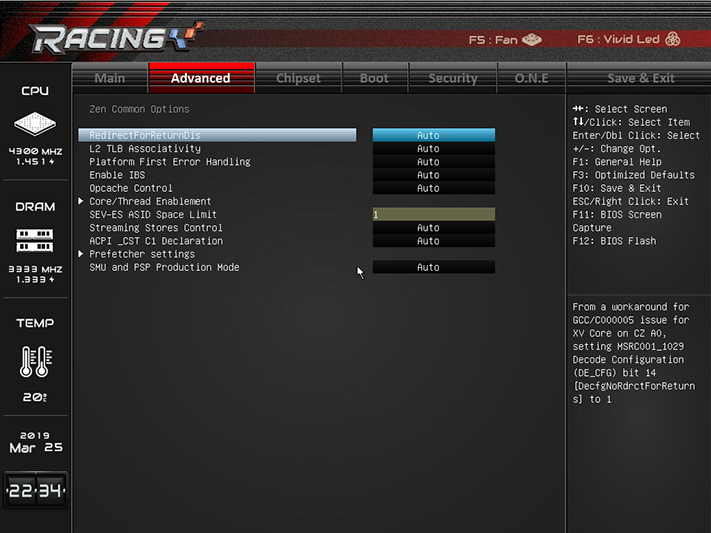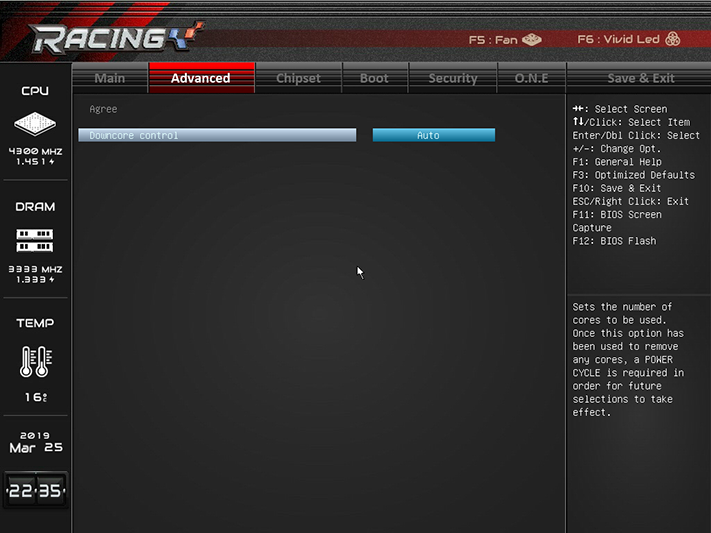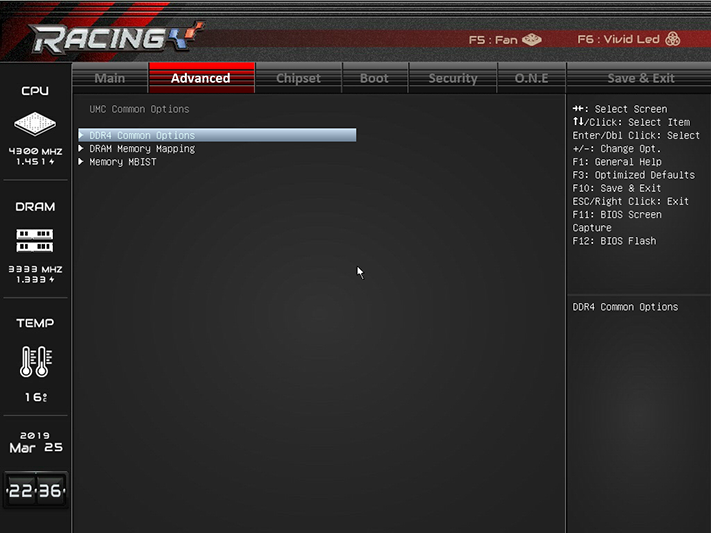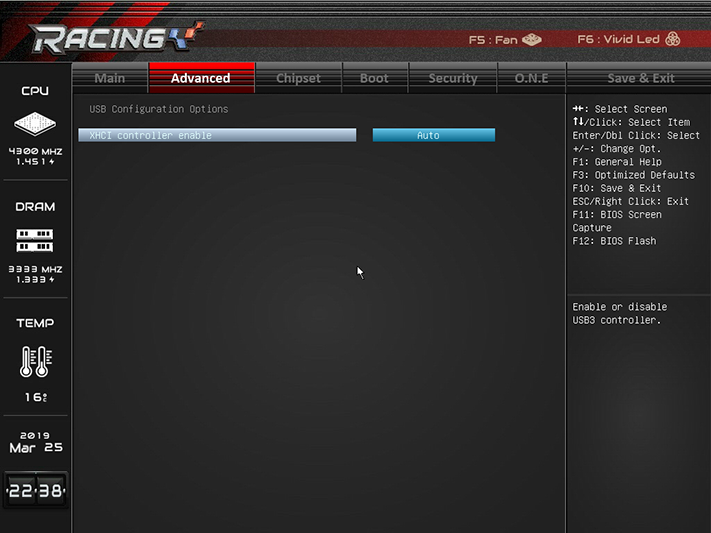Biostar Racing B450GT3 Micro ATX Motherboard Review: Giant Value
Why you can trust Tom's Hardware
Software and Firmware
Biostar simplifies its software interface by launching most controls from its Racing GT Evo utility. Part of that simplicity lies in the software’s limited functionality, though a separate volume booster for the front-panel headphone jack is a nice touch.




RGB control breaks down into four monochromatic patterns, which makes sense when you see that all seven LED’s are located between expansion slots and the board’s rear edge, and all are controlled as a single channel.



CPU overclocking is limited to multiplier and core voltage offset.


Biostar’s eHot-Line utility sends your S.O.S. messages directly to its support hotline, though you’ll need a working email client to receive the replies.
The only other included utility, BIOScreen, is supposed to let you create a custom startup image / logo from your own image. But the utility crashed before I could get a screenshot. An additional utility, Fly.net network optimization, is available from the board’s support page.
Firmware
The B450GT3’s easiest overclocks are accomplished via its O.N.E. menu, where we reached our CPU’s 4.30 GHz setting at 1.40V CPU core. Core voltage isn’t adjustable as a fixed value however, and the board lacks Biostar’s Load-Line Calibration control to reduce the amount by which core voltage drops under heavy software loads. With core voltage changes limited to offset mode, choosing +0.200V (200mV) over stock allowed CPU core voltage to reach 1.40V idle, 1.33V under Prime95’s small-FFTs.




The B450GT3 also pushed our DDR4-2933 C17 memory up to DDR4-3333 at 20-21-21-42 timings. The DDR Memory Voltage adjustment of +0.120V brought us a measured 1.354V at the DIMM slots.
Get Tom's Hardware's best news and in-depth reviews, straight to your inbox.

















We didn’t find a bunch of memory controls under the AMD’s CBS menu options, so we’ll refer any tweaking discussions to our previous paragraph. There may not be many controls, but the few provided gave us solid results.


Fan and LED controls are available through popup menus using a keyboard’s F5 or F6 keys. Custom fan slopes can be configured as with competing boards, but LED lighting schemes are limited to monochromatic on/off patterns. Don’t expect any cascading effects or rainbow waves here.
MORE: Best Motherboards
MORE: How To Choose A Motherboard
MORE: All Motherboard Content


